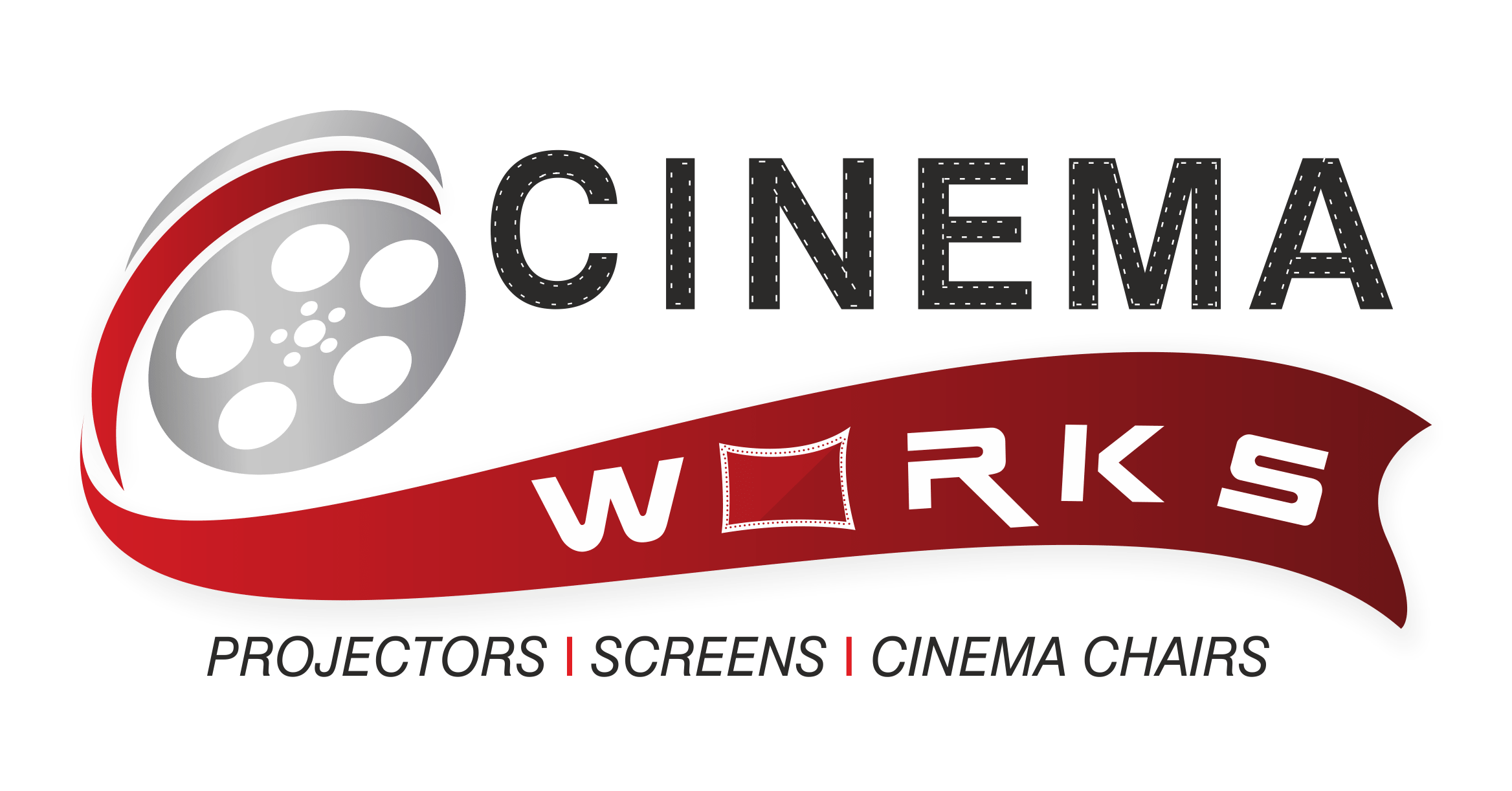Laser Phosphor Projection: Cost-Effective High Brightness for Cinemas
The Rise of Laser Phosphor in Cinema Projection
For years, cinema owners faced a difficult choice: high brightness and vibrant images, or a manageable budget. Xenon lamp projectors delivered impressive brightness, but came with hefty running costs and short lifespan. While laser projectors offered superior longevity and efficiency, their initial investment was often prohibitive for many theaters. Enter laser phosphor projection – a technology bridging this gap and offering a compelling solution for cost-conscious exhibitors seeking a significant upgrade in image quality.
Understanding Laser Phosphor Technology
Laser phosphor projectors employ a combination of laser diodes and a phosphor wheel. Unlike traditional lamp-based projectors or purely laser-illuminated systems, laser phosphor utilizes blue laser diodes to excite a phosphor wheel, which in turn produces a wide spectrum of visible light. This process offers several key advantages:
- Superior Brightness and Color Accuracy: Laser phosphor projectors deliver significantly higher brightness than traditional xenon projectors, resulting in a more impactful viewing experience, particularly in brightly lit environments. Their superior color gamut also ensures vibrant and lifelike images.
- Extended Lamp Life and Reduced Maintenance: Unlike xenon lamps that need frequent replacements, laser diodes boast significantly longer lifespans, reducing operational costs and minimizing downtime. This translates to substantial savings over the projector’s lifespan.
- Consistent Light Output: Laser phosphor projectors maintain consistent brightness throughout their operational life, unlike xenon lamps which experience a gradual decline in light output. This ensures a uniform and stable image quality.
- Improved Energy Efficiency: Laser phosphor technology consumes less energy than comparable xenon lamp projectors, contributing to lower electricity bills and a smaller carbon footprint.
Cost-Effectiveness: A Detailed Analysis
While the initial investment in a laser phosphor projector might be higher than a comparable xenon lamp projector, the long-term cost savings are substantial. Factors contributing to this cost-effectiveness include:
- Reduced Lamp Replacement Costs: The elimination of frequent and expensive lamp replacements represents a major cost saving over the projector’s lifetime.
- Lower Energy Consumption: Reduced electricity bills contribute significantly to lower operating expenses.
- Minimized Maintenance: Less frequent maintenance translates to lower labor costs.
- Increased Operational Uptime: Longer lamp life and reduced maintenance lead to less downtime, ensuring greater operational efficiency and increased revenue generation.
Choosing the Right Laser Phosphor Projector
Selecting the ideal laser phosphor projector involves considering factors like screen size, desired brightness, resolution (2K or 4K), and budget. It’s crucial to assess the specific needs of your cinema and choose a projector that optimally balances performance, features, and cost-effectiveness.
The Future of Cinema Projection
Laser phosphor projection is not merely a transitional technology; it represents a significant step forward in cinema projection. Its combination of high brightness, superior image quality, extended lifespan, and cost-effectiveness makes it an attractive option for cinemas of all sizes seeking to enhance the viewer experience while managing their operational budgets efficiently. As the technology continues to evolve, expect even greater advancements in brightness, color accuracy, and affordability, solidifying laser phosphor’s position as a leading solution in the world of cinema projection.
Keywords:
Laser phosphor projection, cinema projection, projector technology, cost-effective cinema, high brightness projector, laser projector, xenon lamp alternative, cinema technology, digital cinema, movie theater technology, 2K projection, 4K projection, cinema upgrades, cinema maintenance, energy efficient cinema
